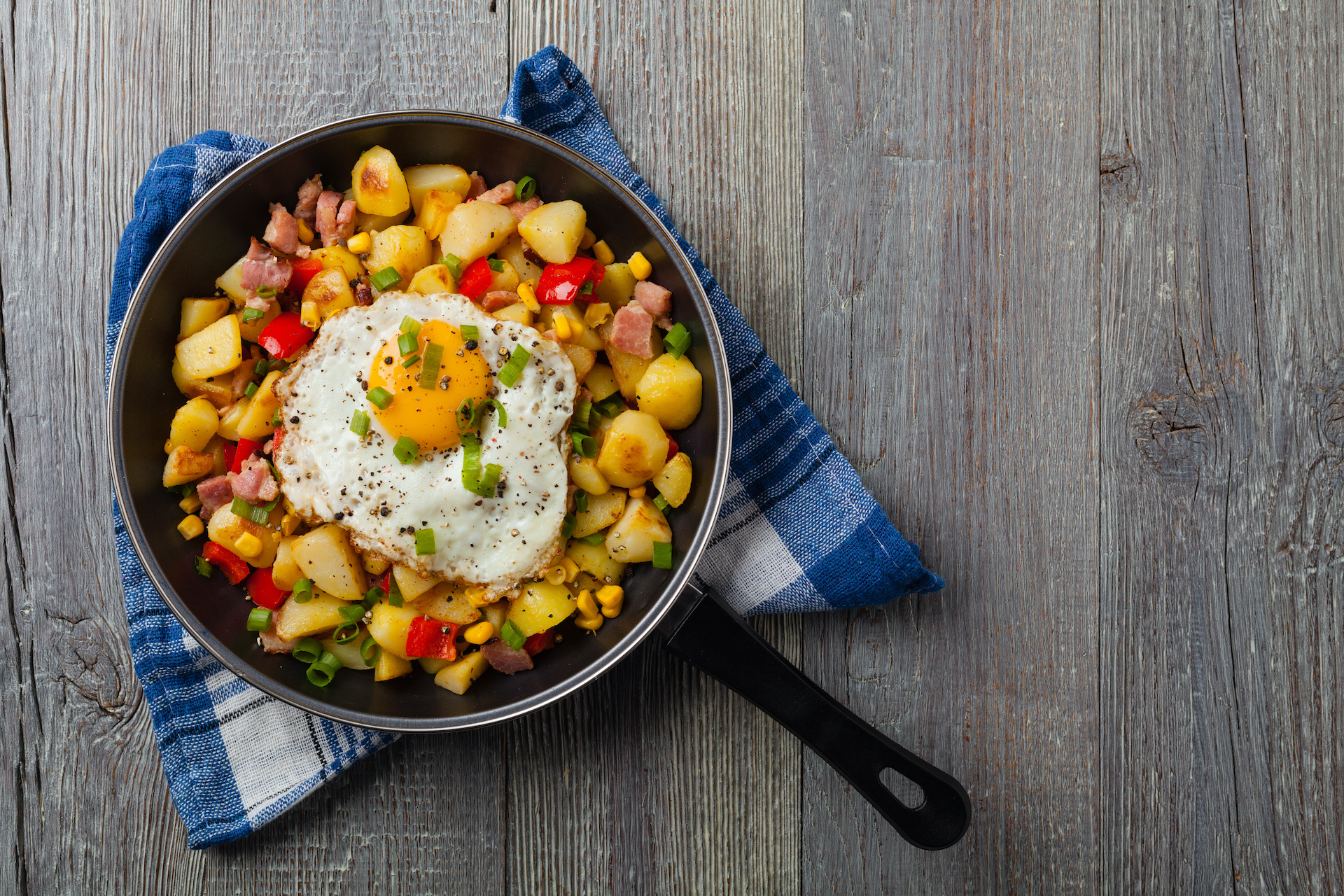Protein is essential for muscle growth, repair, and overall health, but many people wonder, “How much protein can you absorb in one meal?” As a trainer and nutritionist, I have found that there’s a common belief among my clients that the body can only utilize a limited amount of protein at a time, leaving the rest wasted. However, scientific research provides mixed findings, with no definitive cap on absorption.
To help you sort through all the conflicting information, we’ve gone over these mixed findings and examined the best way to structure protein intake to get the best results. Below, we break down how protein absorption works, what the science says, and the best strategies for consuming protein throughout the day.
How does protein absorption work?

Protein digestion begins in the stomach, where enzymes like pepsin break down proteins into smaller peptides. These peptides then travel to the small intestine, where they’re further broken down into amino acids and absorbed into the bloodstream.
The liver processes these amino acids, directing them toward muscle protein synthesis, energy production, or other bodily functions. However, protein absorption isn’t an all-or-nothing process. Factors like age, activity level, and meal composition influence how efficiently your body utilizes protein.
What does the science say?

The science on how much protein you can absorb in one meal is rather conflicting. One popular study from 2018 suggests that people eat 0.4 grams per kilogram of protein in each meal. For a person who weighs 70 kilograms (about 154 pounds), that’s about 28 grams of protein per meal.
On the other hand, research from 2023 tows the other extreme, suggesting that there is no upper limit to per-meal protein consumption. This Cell Reports Medicine study concludes that even up to 100 grams of protein in one meal will still be advantageous for muscle protein synthesis, anabolism, muscle growth, and general body functioning.
The research is conflicting, yes, but that should not be a source of confusion. These scientists have different methods through which they arrive at their conclusions, and neither suggestion is inherently wrong.
According to the current scientific literature, breaking down protein consumption into different meals is advisable for easier absorption, digestion, and gut health. The body finds it more difficult to digest protein than to digest a macronutrient like carbohydrates. Hence, spreading protein consumption, instead of eating a humongous amount at once and farting incessantly, is a good idea.
However, eating a lot of protein at once, if that’s what’s more convenient for you, is still okay, as research shows that your body will still use this protein, and it won’t “go to waste.”
One thing the scientific community definitely agrees on is that we have to eat protein consistently. Regular protein consumption is much more important than timing. Instead of wondering how much protein you should eat per meal, focus on finding sustainable ways to meet your daily protein intake, especially if you’re physically active.
Should you consume protein before or after a workout?

Both approaches can be beneficial, and your overall daily protein intake is key. Consuming protein shortly after your workout is popular because it helps kickstart muscle repair and growth by supplying amino acids when your muscles are most receptive.
Also, if you haven’t eaten for several hours before exercising, having a small protein-rich snack beforehand can be advantageous by providing your muscles with a readily available pool of amino acids during your workout.
For a long time, there was a myth called the anabolic window, which referred to a period after working out where you had to ingest some protein or your workout would not be effective. Recent research indicates that while there is an “anabolic window,” the exact timing isn’t as critical as once thought.
A 2017 study suggests that while you should eat some protein after a workout for optimal recovery, protein consumption does not have to be immediate. The researchers specifically state, “The interval for protein intake may be as wide as several hours or perhaps more after a training bout, depending on when the pre-workout meal was consumed.”
For optimal muscle recovery and growth, experts recommend that most people eat 20 to 40 grams of high-quality protein around an exercise session, whether that’s immediately post-workout or split between before and after. This strategy supports muscle protein synthesis and helps ensure you’re fueling your body adequately.
Eating protein in the morning vs. before bed

Protein timing can impact metabolism and body functioning. Studies show that a high-protein breakfast can reduce cravings and improve satiety, making it beneficial for weight management.
On the other hand, casein protein before bed has been shown to enhance overnight muscle protein synthesis, so it’s a smart choice to consume some before you sleep.
Nonetheless, daily, consistent protein intake is much more important than whether you ingest protein early in the morning or before bed. So, you should create systems that allow you to structure protein intake throughout the day and meet your daily protein requirements.
Tips for reaching your daily protein goal

Here are some actionable tips to help you meet your daily protein goal:
- Plan a protein-packed breakfast: Start your day with a protein-rich meal. Think eggs, Greek yogurt, or a protein smoothie.
- Distribute protein throughout the day: Aim to include a quality source of protein in every meal and snack.
- Mix up your protein sources: Incorporate both animal and plant-based proteins, such as lean meats, fish, dairy, legumes, tofu, and quinoa, to keep your diet varied and nutrient-dense.
- Prepare protein-rich snacks: Keep easy-to-grab snacks like nuts, cottage cheese, protein bars, or boiled eggs on hand so that you’re never caught without a quick protein boost.
- Use protein supplements if needed: When whole foods aren’t an option (for example, on busy days or post-workout), a protein shake or powder can help you hit your target.
- Meal prep and plan ahead: Prepare meals in advance and portion out protein-rich foods so you can track and ensure you’re meeting your daily needs consistently.
- Monitor your intake: Use a food tracking app or journal to keep tabs on your protein consumption, and adjust portions or add extra protein if needed.
Frequently asked questions

Can I absorb 100g of protein in one meal?
Some studies suggest that you can absorb up to 100 grams of protein in one meal. If this is the most convenient way for you to ingest your protein — eating large meals like this — it’s a good option. What’s more important is that you stay consistent with your protein consumption and meet your daily targets.
Is 50g of protein too much for one meal?
How much protein is ideal per meal depends on multiple factors, such as your body weight. While some studies suggest that anyone can absorb 50 grams of protein per meal, it may be better to break down protein consumption further. For someone who weighs 70 kilograms, 20 to 30 grams per meal is a good choice.
Can your body absorb 40g of protein at once?
Studies suggest that the body can absorb up to 40 grams of protein at once. However, the key is to ensure consistent protein intake throughout the day.




